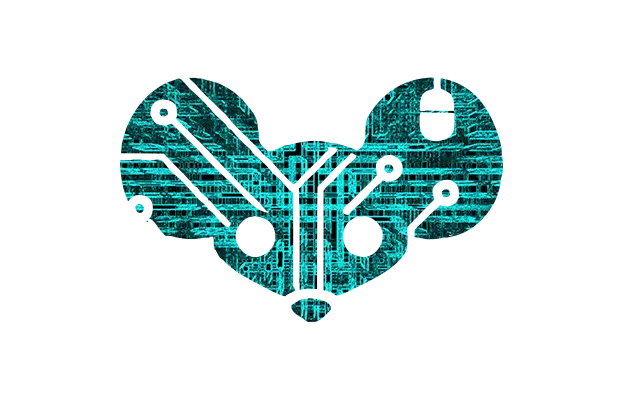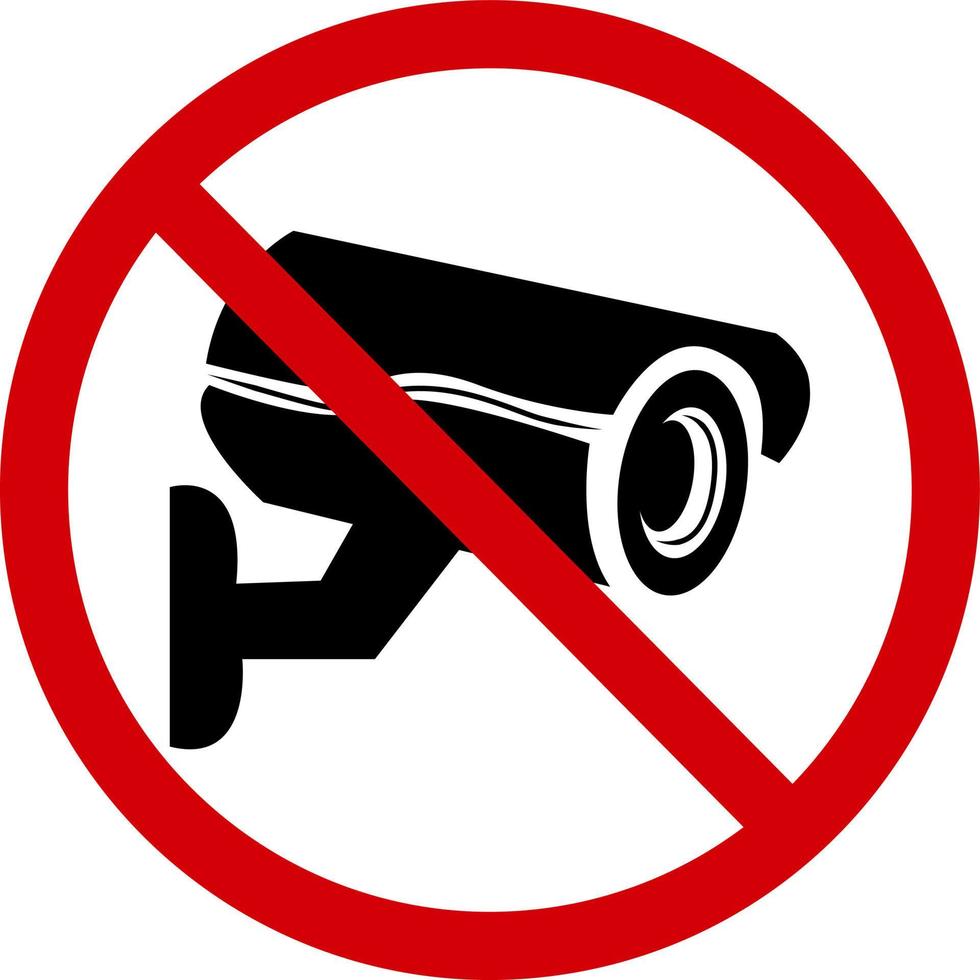

Right. I think the confusion stems from the linked article framing this as someone getting banned for using a second hand Switch 1 game on a Switch 2.
What actually seems to have happened is someone bought a dumped cart, got their account banned when it was flagged for not being unique and then had a relatively easy time of getting customer support to unban them when he called to explain he actually did own the physical cart.
From that perspective it all makes some sense, it’s just not what Metro decided to report, I’m assuming due to being swept into reports of resold bricked Switch 2s.



 …
…

No, it cannot.
They are confronting what is obvious, effective tools to undermine democracy with some weird experiment that is at best a niche effort to do online social engineering much more than it is social media.
Social media is a destructive force. By nature. Yes, Fedi as well.
You learn to manage in society, maybe. Like you do addiction and cancer and crime. The techno-optimism stuff is borderline delusional at this point.